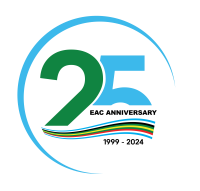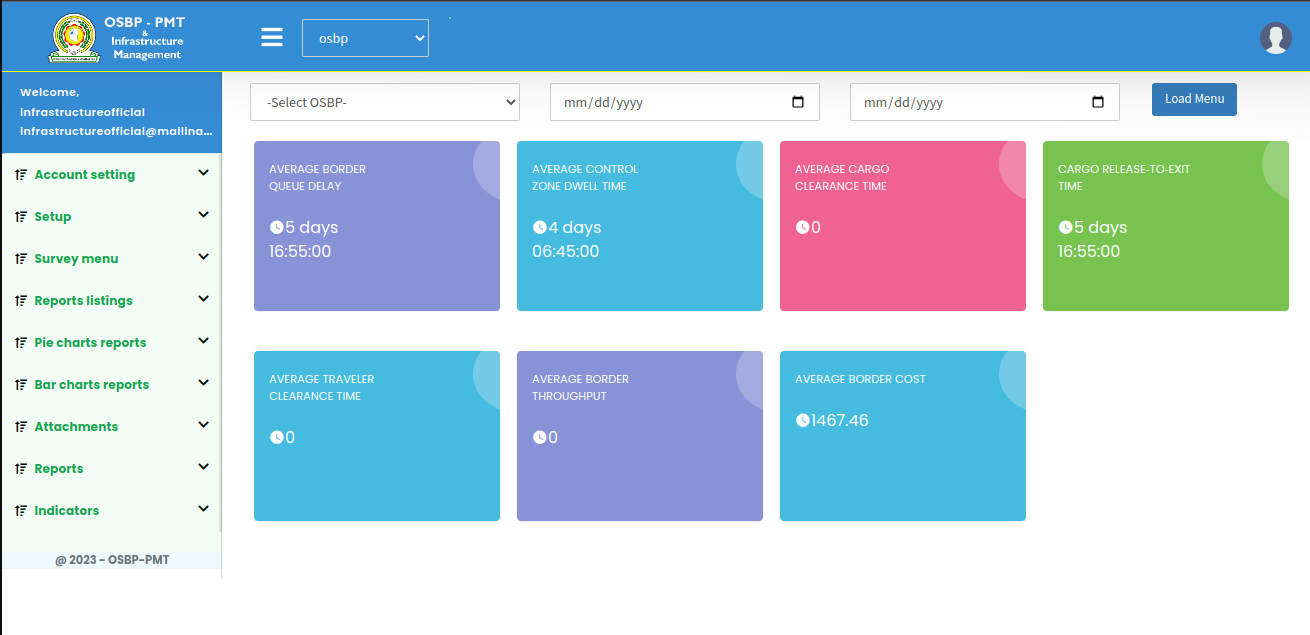- ACHIEVEMENTS
- Hits: 270
Building a United East Africa: The Journey Toward the EAC Political Federation
The East African Community (EAC) Political Federation, the fourth pillar and ultimate stage of the EAC integration agenda, has seen both progress and challenges over the past 25 years. This initiative aims to integrate the EAC Partner States into a single federated political entity to enhance regional stability, facilitate cooperation, and create a unified voice on the global stage.
Historical Background
The idea of political federation in East Africa dates back to the first EAC, formed in 1967 between Kenya, Uganda, and Tanzania. Building on shared colonial history and close economic and social ties, the original EAC had an ambitious goal to establish a federation. However, ideological differences, national interests, and political tensions led to the collapse of the EAC in 1977.
In 1999, the signing of the Treaty for the Establishment of the East African Community marked a rebirth of regional integration, with Kenya, Uganda, and Tanzania as initial members. By 2000, these three countries had reinstituted the EAC, and the concept of political federation was included as one of the core objectives, alongside a customs union, common market, and monetary union.
Steps Toward Political Federation
The federation was conceived as the last step in the EAC integration roadmap, to be built upon the successful implementation of preceding stages – the Customs Union, Common Market and Monetary Union.
Expanding membership of the EAC has further shaped this agenda, with Rwanda and Burundi joining in 2007, South Sudan in 2016, the Democratic Republic of the Congo (DRC) in 2022 and the Federal Republic of Somalia in 2024. With greater diversity, coordination toward a political federation has required strategic adjustments.
It is worth noting that attainment of the Political Federation is a process and not an event. Though the process has been slow, the EAC Heads of State resolved at a Special Summit held in Nairobi in August 2004 to examine ways and means of deepening and accelerating the process through a fast-track Mechanism. The Summit set up a Committee to Fast-Track the EAC Political Federation, dubbed the Wako Committee, to carry out wide consultations and finalise the work on the Political Federation. The Committee presented its report to the Summit on 29 November 2004.
The Wako Committee concluded that a Political Federation was both feasible and desirable, recommending an expedited process to address challenges of instability, fragmented markets, and weak bargaining power on the global stage. The Committee advised that the EAC skip some stages or fast-track certain phases of integration to ensure that the political federation was achieved in a shorter timeframe.
Since 2004, the EAC has been putting in place initiatives to fast-track political integration. Summit directives were given and national consultations with stakeholders between 2006 and 2008 as well as various studies were undertaken to examine, facilitate and fast-track the process. In the consultations, it became clear that the East African citizens want to be adequately engaged and to have a say in the decisions and policies pursued by the East African Community.
In May 2017, the EAC Heads of State adopted the Political Confederation as a transitional model of the East African Political Federation.
The EAC Heads of State established a team of experts from the Partner States tasked with drafting a Constitution for the proposed EAC Political Confederation, marking a significant step towards realizing the vision of a politically unified East Africa. Comprising constitutional experts from each EAC Partner State, this team works under the guidance of the EAC Secretariat and reports to the Heads of State Summit, ensuring that the process aligns with the diverse legal, political, and cultural contexts of the region.
The drafting committee’s objective is to develop a foundational document that balances shared sovereignty with national autonomy, laying out clear structures for governance, policy, and dispute resolution within the confederation model. The experts are responsible for creating a draft that can be adapted to the evolving integration needs of EAC member states, especially focusing on high-priority areas like defense, foreign policy, and regional trade, while respecting each country's domestic governance structures.
To ensure the constitution reflects the views and aspirations of East Africans, the EAC has initiated extensive national consultations across the Partner States. These consultations have been designed to foster inclusivity, allowing citizens, civil society, government officials, and other stakeholders to contribute their perspectives on the structure and function of the Confederation.
Through public hearings, workshops, and discussions led by Constitution drafting committee, citizens in each Partner State are engaged in dialogue on issues like sovereignty, governance, and shared regional values. Feedback from these consultations is continuously incorporated into the draft, ensuring that the final document reflects the collective voice of East Africans. This participatory approach has strengthened public support and trust in the integration process, setting a strong foundation for a political confederation that is both representative and resilient.
Political cooperation frameworks, such as the EAC Consultative Dialogue Framework, have helped align Partner States on key political goals. The East African Legislative Assembly (EALA) and the East African Court of Justice (EACJ) continue to lay the institutional groundwork for political federation by promoting harmonized laws and addressing cross-border legal matters.
The journey toward the EAC Political Federation has been gradual but steady, evolving from the experiences of the defunct EAC and adapting to the needs of a dynamic and expanding Community. A fully realized Political Federation will require continued political resolve, harmonized policies, and the sustained support of all EAC citizens.



 One Stop Border Post (OSBP) is a border facility that combines two stops for national border control processing into one and consolidates border control functions in a shared space for exiting one country and entering another.
One Stop Border Post (OSBP) is a border facility that combines two stops for national border control processing into one and consolidates border control functions in a shared space for exiting one country and entering another.

 The East African Shilling, used from 1921 to 1969,was a unifying currency that facilitated trade and economic integration across Kenya, Uganda, Tanganyika (now Tanzania), and later Zanzibar. Issued by the East African Currency Board, it symbolized regional cooperation and economic strength, simplifying transactions and promoting a shared economic identity. Even after its replacement by individual national currencies, the East African Shilling remains a historic emblem of regional unity and the potential for a common currency in East Africa today.
The East African Shilling, used from 1921 to 1969,was a unifying currency that facilitated trade and economic integration across Kenya, Uganda, Tanganyika (now Tanzania), and later Zanzibar. Issued by the East African Currency Board, it symbolized regional cooperation and economic strength, simplifying transactions and promoting a shared economic identity. Even after its replacement by individual national currencies, the East African Shilling remains a historic emblem of regional unity and the potential for a common currency in East Africa today.